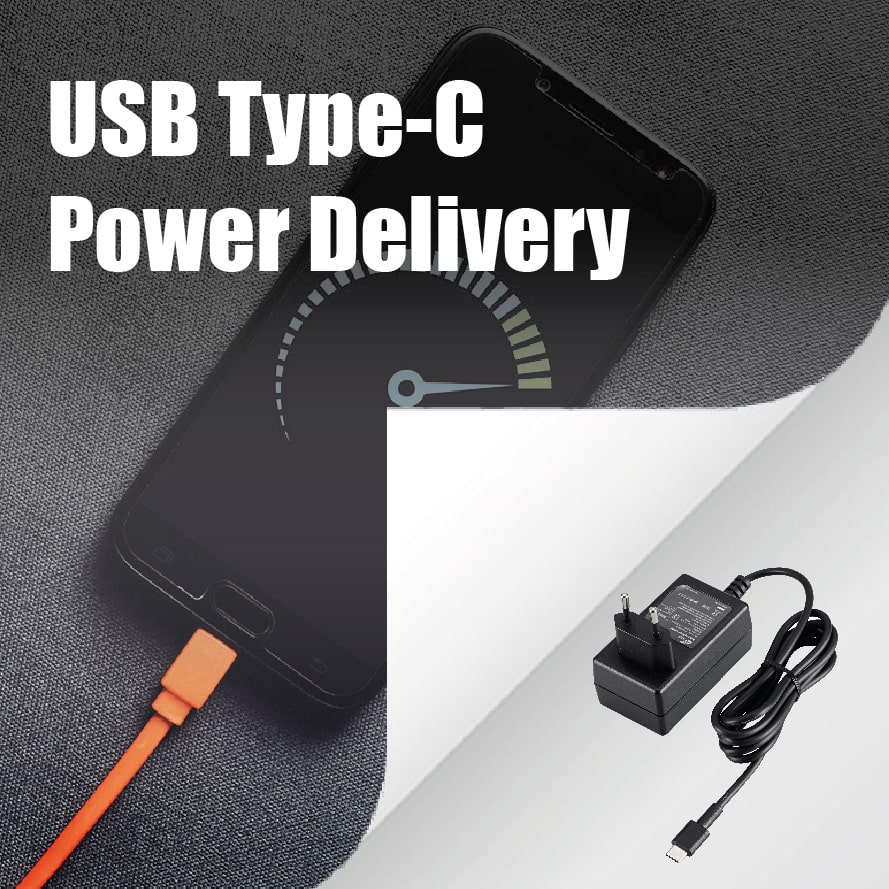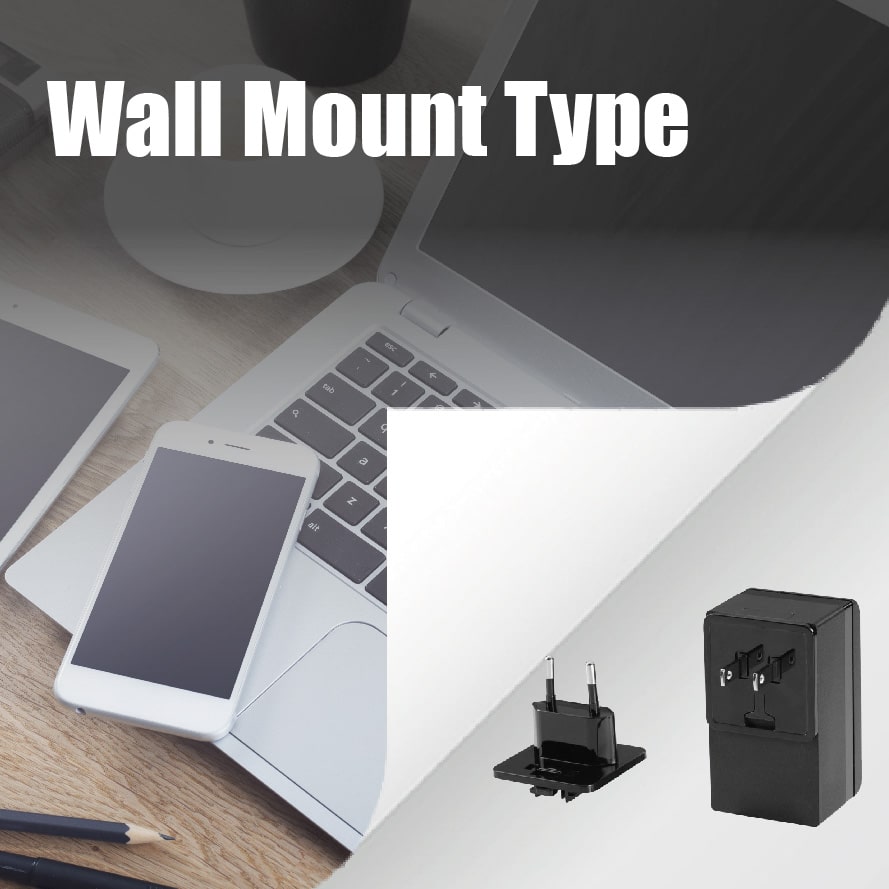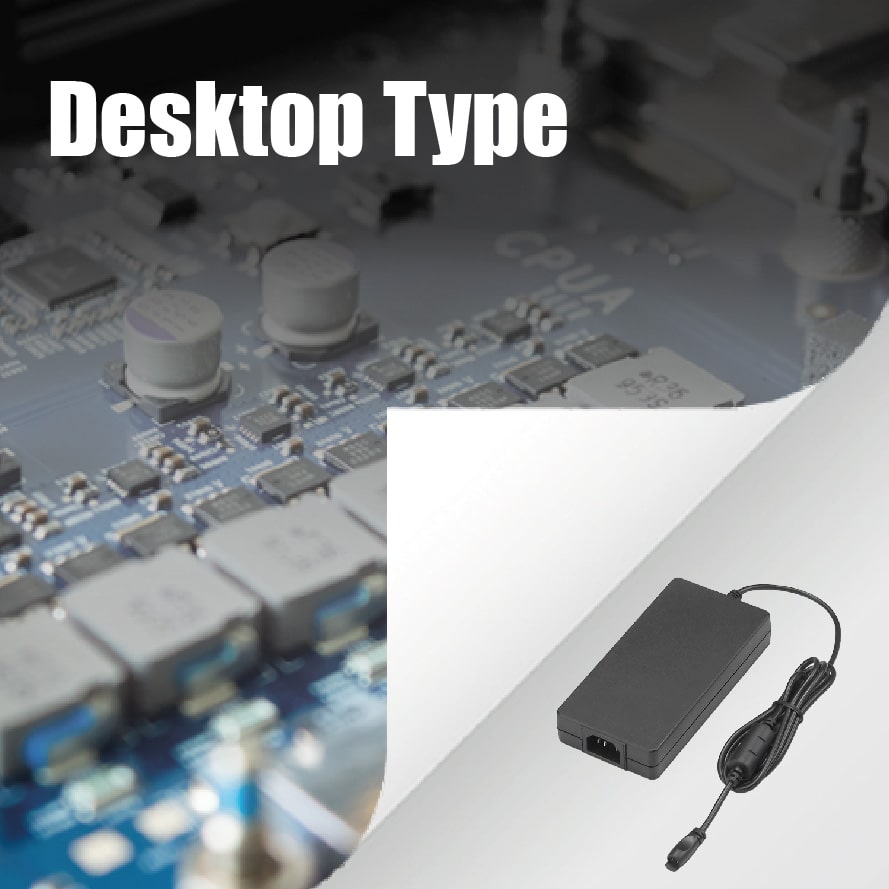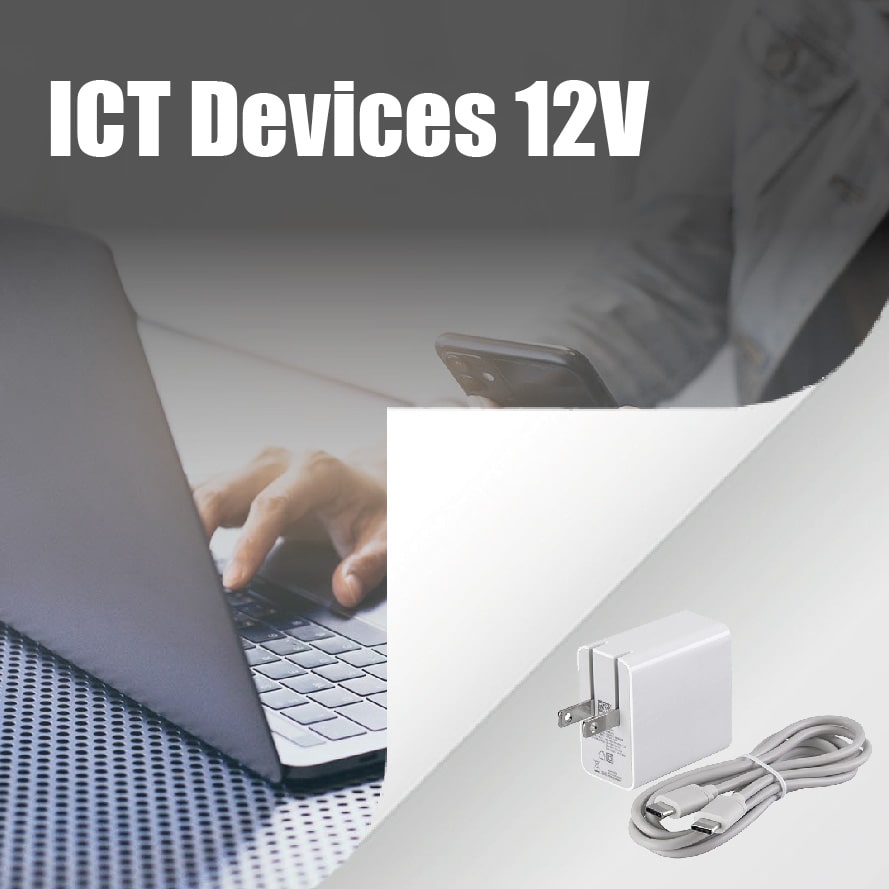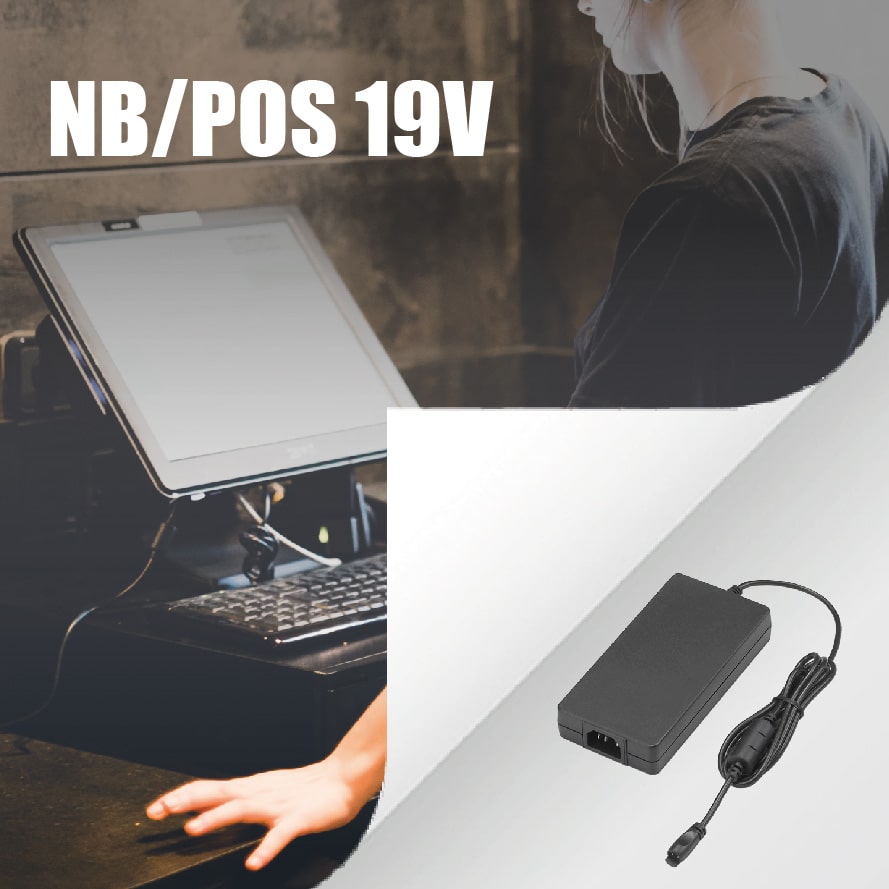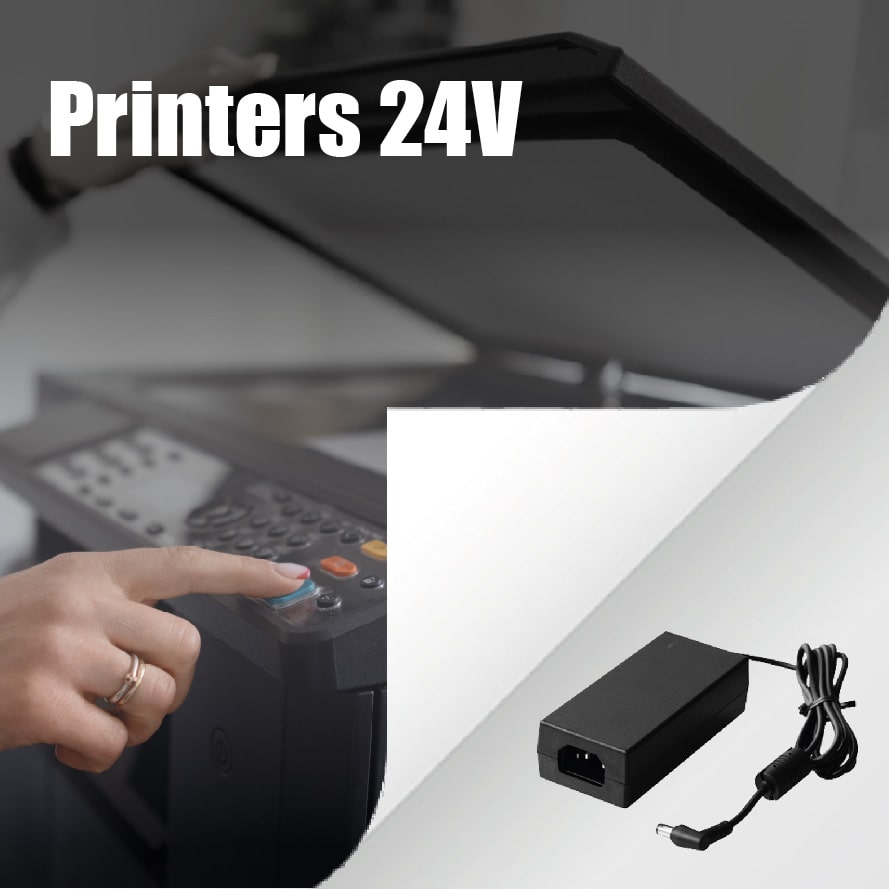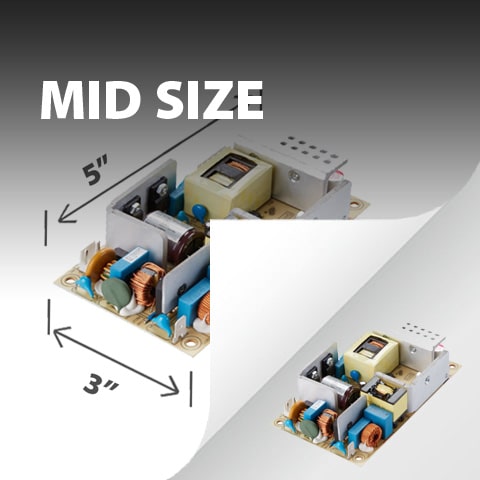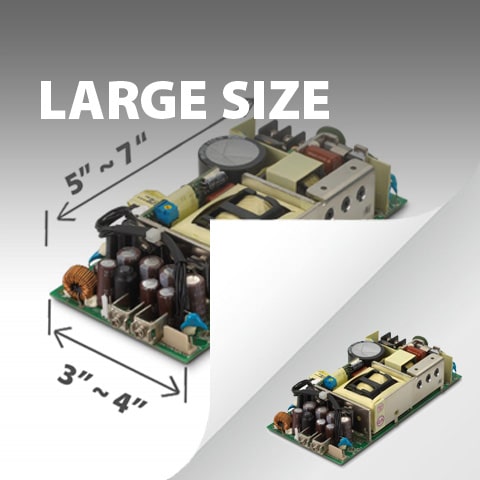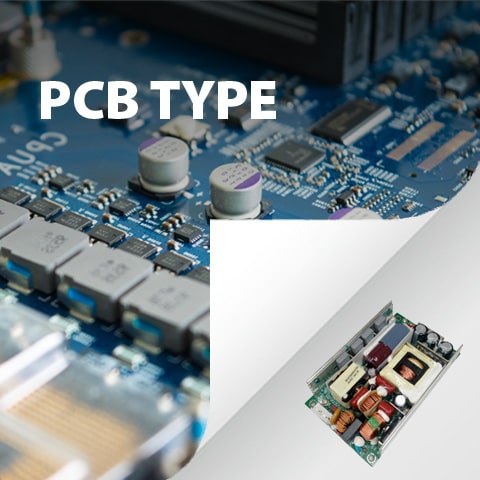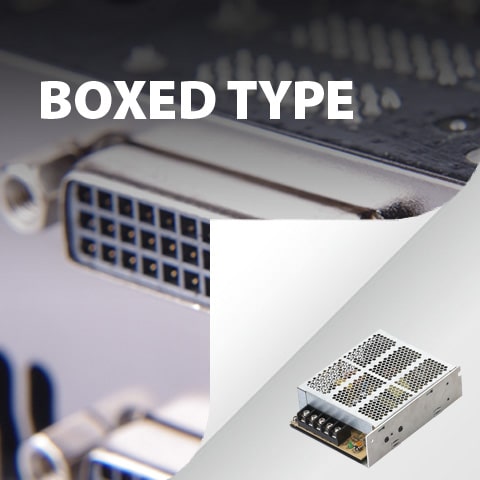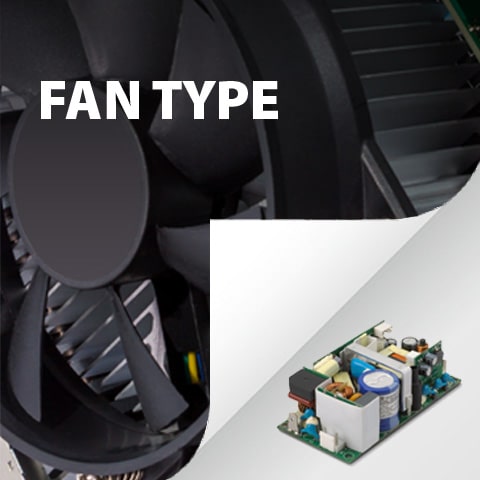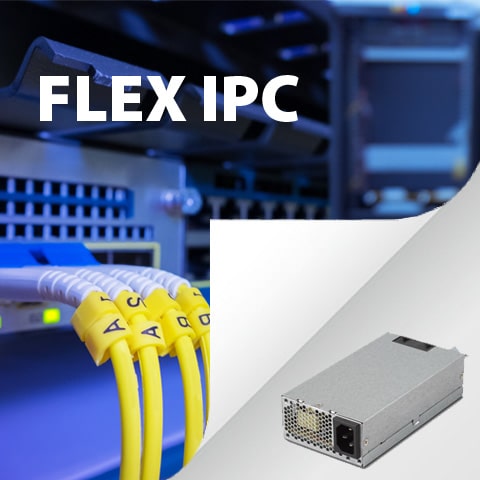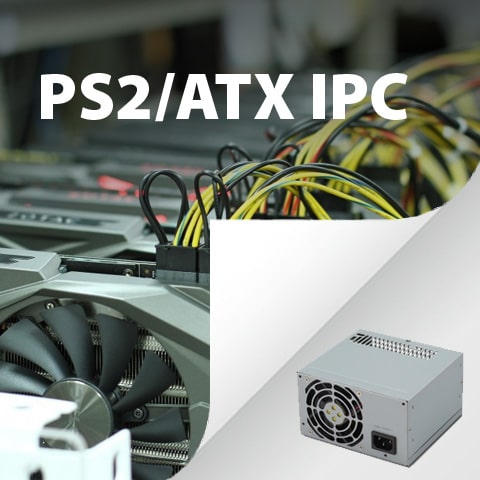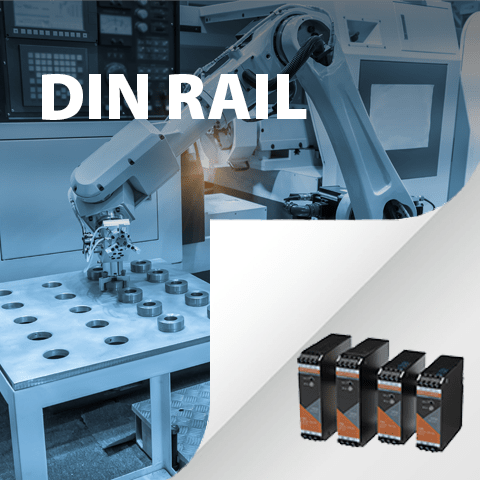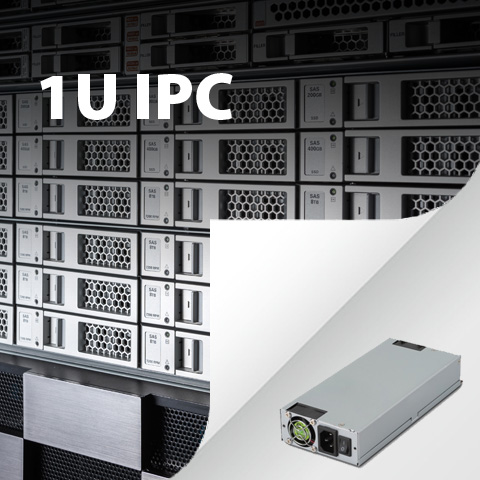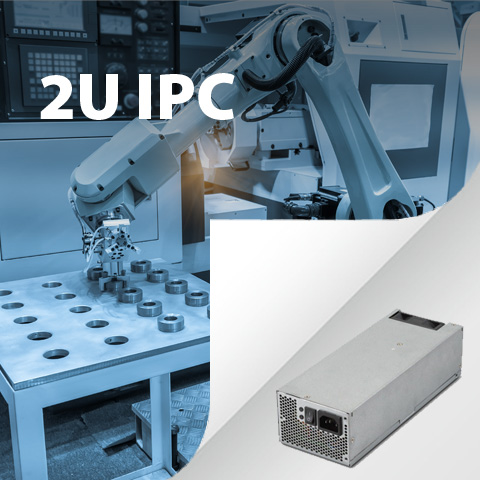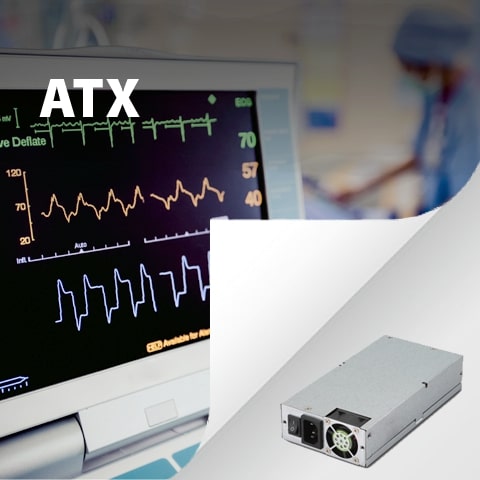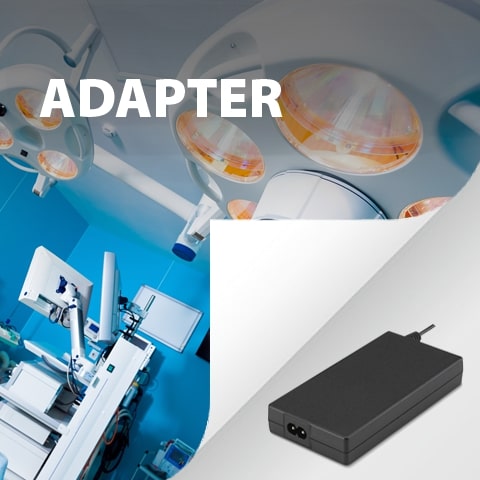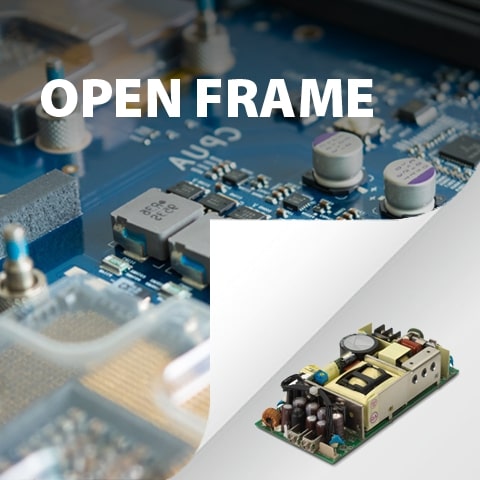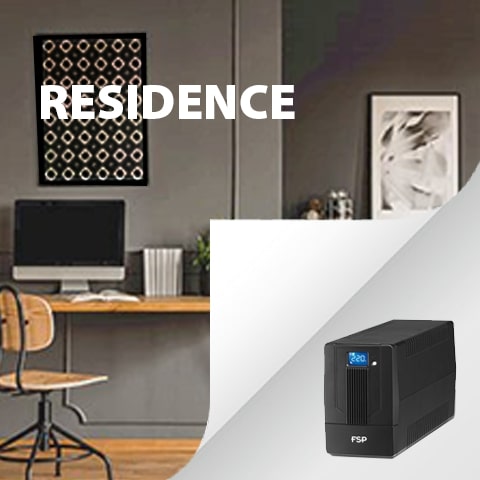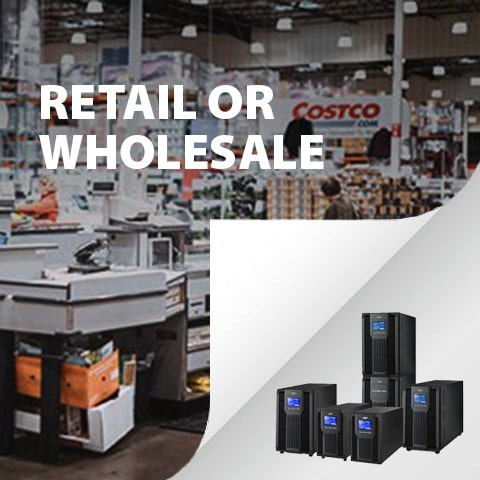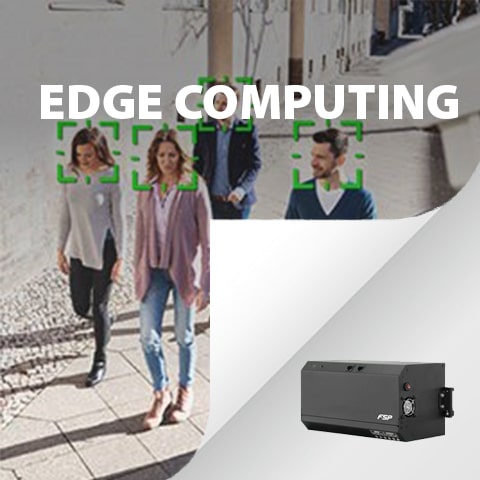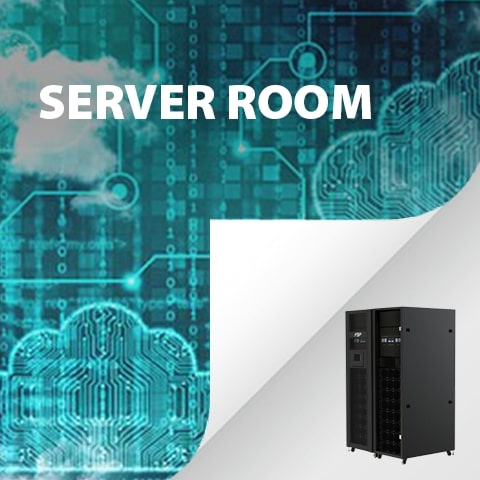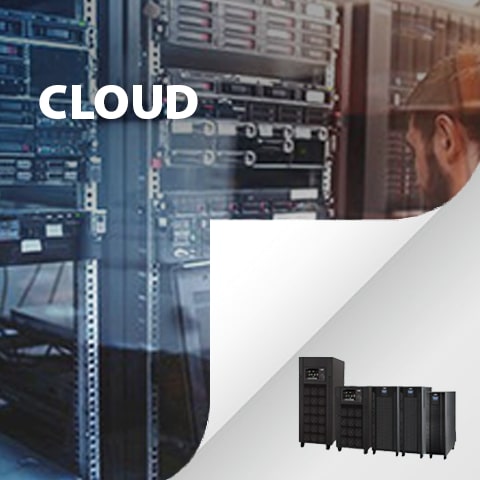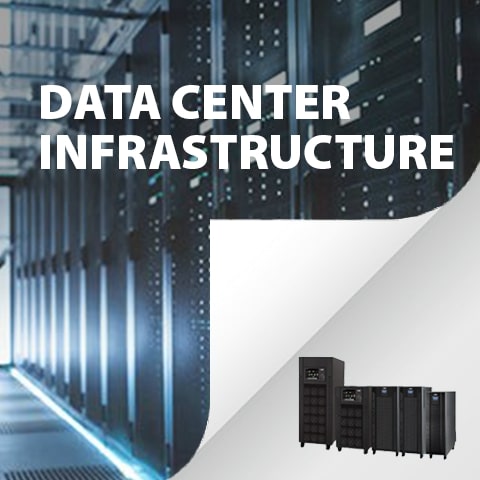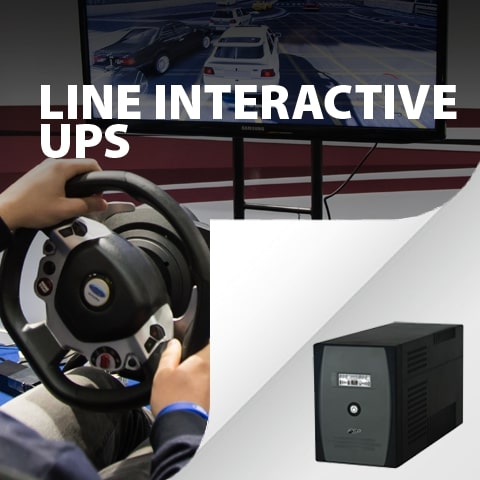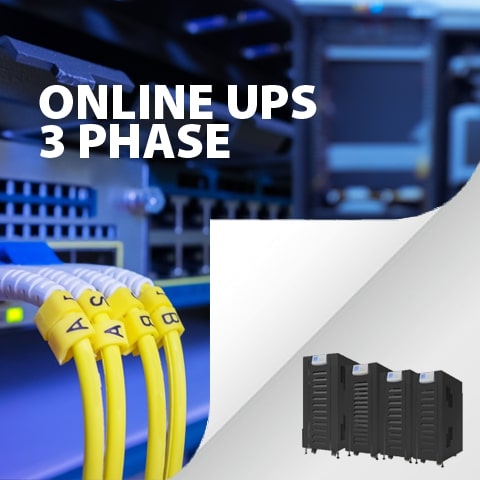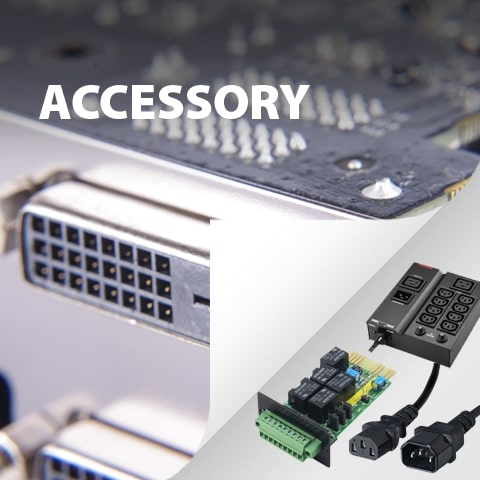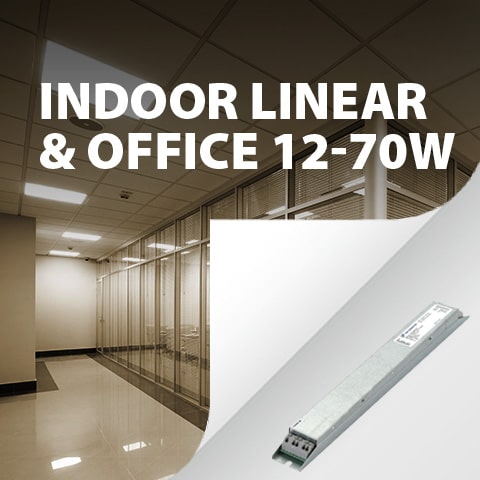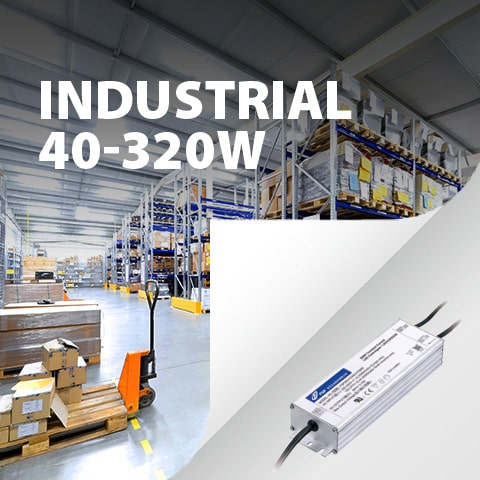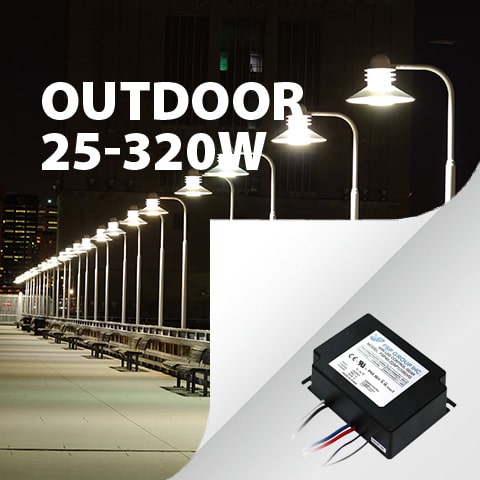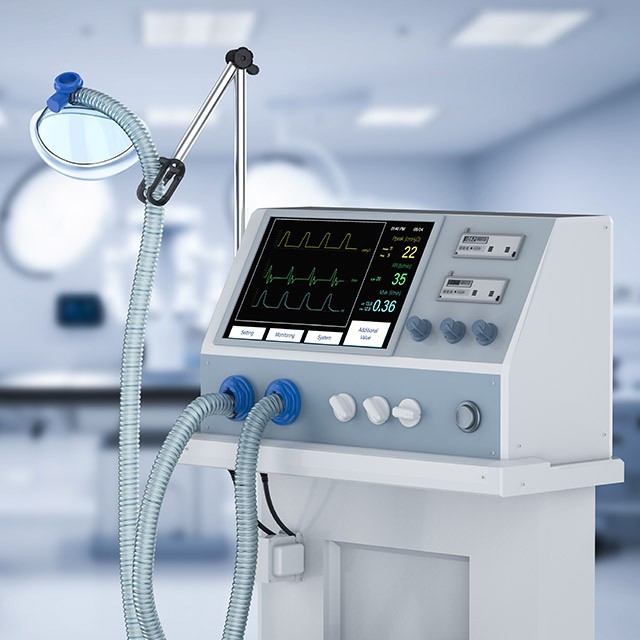Promising Energy Storage System Solutions in Recent Years
According to Distributed Control Methods and Cyber Security Issues in Microgrids, 2020, an Energy storage system (ESS) refers to the device of converting electrical energy from power systems into a form that can be stored for converting back to electrical energy when needed. You may be curious to learn more about energy storage systems and what it is and how it works.
There are a few long-duration energy storage systems that have survived the test of time-based on plausible technology, recent investment, and market traction. You’ll soon also be able to better understand more about the five most promising energy storage system solutions and what they all entail.
Overviews
- Why Do We Need an Energy Storage System?
- Promising Energy Storage System Solutions
- FSP’s Energy Storage Systems Introduction
Why Do We Need an Energy Storage System?
In short, energy storage enables electricity to be saved for later, when and where it is most needed. It plays an important role in this balancing act and helps to create a more flexible and reliable grid system for all to use. Improved energy storage technology provides several economic and environmental benefits.
Some of the benefits of energy storage systems include:
- higher grid efficiency
- improved and reliable electric supply
- overall savings in money
When supply is greater than demand, like during the night when low-cost power plants go on operating, the excess electricity generation can be used to power storage devices.
Energy storage is the key to a reliable, clean electricity supply. It doesn’t just have to do with and come in the form of AA batteries any more. In fact, it may soon play a more significant part in our electricity grid, which will also help enable the increased generation of renewable electricity. While wind and solar power are good options, they are quite unreliable. The development of new technologies could enable the storage of vast amounts of electricity anywhere on the grid and across the country.
Another reason we need an energy storage system is that it enables the increased use of renewable electricity generation. The additional benefits of it are a more secure grid, decreased carbon dioxide emissions, new jobs, and that it’s better for the economy.
Promising Energy Storage System Solutions
There are some different storage solutions that have been developed over the last few years that can be incorporated into the grid no matter the power or energy requirements—from generation to consumer end use. With that being said, here are five current trending energy storage options that can be implemented into the grid.
1. Flow batteries: Redox flow batteries (fuel cell) is an energy storage solution that replaces solid electrodes with energy-dense electrolytic compounds (hydrogen-lithium bromate, bromine-hydrogen, organic) separated by a membrane that charges and discharges as the liquids circulate in their own respective space. Ion exchange occurs and allows for it to store large amounts of energy, which is ideal for tying into the grid.
2. Pumped hydroelectric storage: Pumped hydroelectric storage stores energy using water contained in an upper reservoir that is electrically pumped from a lower reservoir. It’s a system that pumps water uphill to a reservoir when excess electricity is available and then lets the water flow downhill through turbines to generate electricity when it is needed. Although it works well and nicely, it can only be located in very limited areas of the country.
3. Compressed air energy storage: Another one of the most promising energy storage solutions is compressed air. Compressed air energy storage (CAES) plants are comparable to pumped hydro power plants. However, ambient air is compressed and stored under pressure in underground caverns to store energy, instead of pumping water from a lower to an upper pond. The pressurized air is heated and expanded in a turbine when energy is required and drives a generator for power production. Right now experts are looking at working it into a power plant where more power is needed at peak times.
4. Flywheel energy storage: Flywheel energy storage works by accelerating a rotor to high speed and maintaining the power as rotating energy. Most advanced flywheel systems are designed with magnetic bearings where high-strength composite rotors are suspended and can quickly reach energy capacity much quicker than some other forms. It has most recently been applied and used for renewable energy expansion opportunities and grid stability.
5. Battery storage system: This type of energy storage system uses highly efficient lithium-ion rechargeable battery platforms. PV (photovoltaic) modules produce direct current (DC) and batteries store electricity in DC as well. Households use alternating current (AC). The DC power must be converted to AC power and this conversion is performed by the inverter. Electricity from the roof goes through an inverter and is converted into alternating current. If it is sent to a conventional battery, it is converted back into direct current.
FSP’s Energy Storage Systems Introduction
While renewable energy is available all over the place, it comes with limitations in the reliability of supply. However, when adopting FSP's Energy Storage System (ESS), it makes Smart Grid highly reliable, acceptable in cost, and more popular in the coming future. FSP, the performance power specialist, recently entered the energy storage systems with EMERGY Series Portable Home Batteries.
FSP’s Smart Grid Solutions are proven to be ideal in domestic and industrial applications for Smart City, Industrial and Commercial, Remote communities, and Island utilities. Whatever you’re seeking for smart grids, microgrids, distributed generation, and renewable energy integration, our specialized battery option is one you should consider for all of your energy storage needs. With our products and approach, clean and reliable electricity comes through renewable energy storage and management solutions for better energy, as shown as below.
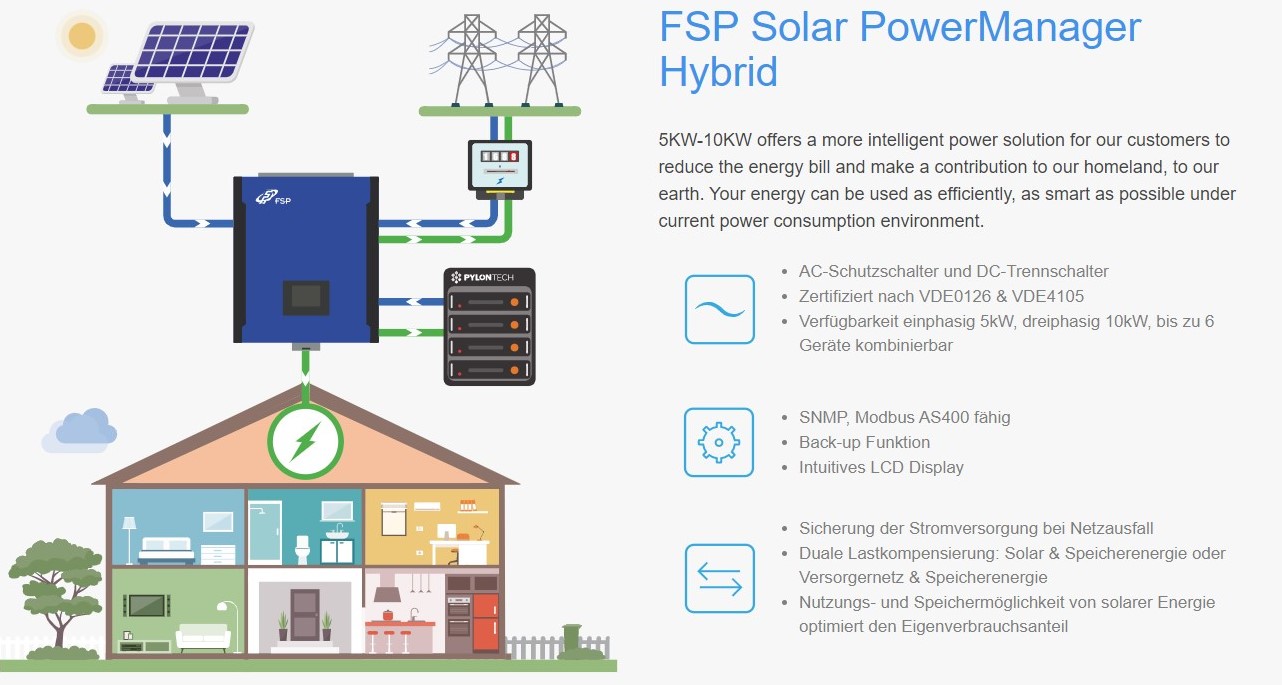
Being the top 10 suppliers of AC-DC power supply products, the FSP Group meets varied user demands in power supplies with robust production capacities and comprehensive production lines. With more than 600 models certified by 80 PLUS standards, FSP allows users to enjoy earth-friendly technologies by providing the best environmental protection and quality power supply products. Learn more about FSP’s quality assurance and patents.
Related Articles
About FSP
FSP Group is one of the global leading power supply manufacturer. Since 1993, FSP Group has followed the management conception “service, profession, and innovation” to fulfill its responsibilities as a green energy resolution supplier.

